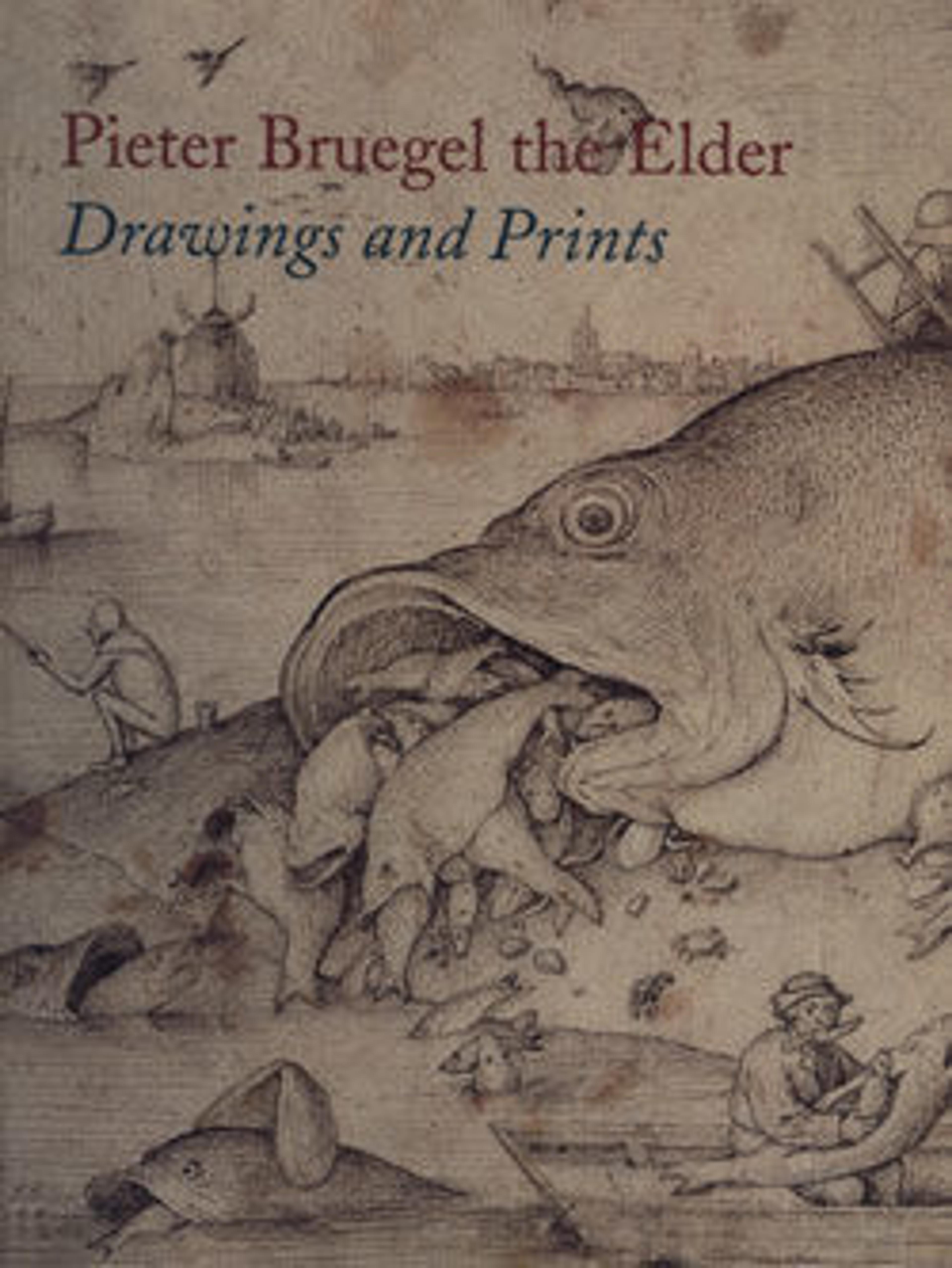Sloth (Desidia), from "The Seven Deadly Sins"
Representing the vice of sloth, this image belongs to a series of prints of the Seven Deadly Sins, engraved by Pieter van der Heyden after drawings by Pieter Bruegel the Elder. The personification of sloth, a shabbily dressed woman, demonstratively sleeps away the time in the central foreground, resting her weight on the back of an ass. The various examples of lazy or slothful behavior, in evidence in the surrounding landscape, colorfully demonstrate the message of the inscription below: "Sloth makes man powerless and dries out the nerves until man is good for nothing." Each of the seven prints follows a similar compositional scheme, with the personification of the vice accompanied by a symbolic animal in the foreground. Bruegel also adopted a common setting and "look" for the series by depicting each scene in the style of Hieronymus Bosch, to whom Bruegel was often compared. Sloth features an assortment of fantastic creatures and a confused arrangement of hybrid structures reminiscent of Bosch's work. This reminiscent style, employed consciously by Bruegel, contrasts sharply with the way he depicted The Seven Virtues, a series of prints executed in the following years—all of them set in an accurate version of Bruegel's contemporary world.
Artwork Details
- Title:Sloth (Desidia), from "The Seven Deadly Sins"
- Series/Portfolio:The Seven Deadly Sins
- Artist:Pieter van der Heyden (Netherlandish, ca. 1525–1569)
- Artist:After Pieter Bruegel the Elder (Netherlandish, Breda (?) ca. 1525–1569 Brussels)
- Publisher:Hieronymus Cock (Netherlandish, Antwerp ca. 1510–1570 Antwerp)
- Date:1558
- Medium:Engraving
- Dimensions:Sheet: 8 15/16 x 11 5/8 in. (22.7 x 29.6 cm)
- Classification:Prints
- Credit Line:Harris Brisbane Dick Fund, 1926
- Object Number:26.72.34
- Curatorial Department: Drawings and Prints
More Artwork
Research Resources
The Met provides unparalleled resources for research and welcomes an international community of students and scholars. The Met's Open Access API is where creators and researchers can connect to the The Met collection. Open Access data and public domain images are available for unrestricted commercial and noncommercial use without permission or fee.
To request images under copyright and other restrictions, please use this Image Request form.
Feedback
We continue to research and examine historical and cultural context for objects in The Met collection. If you have comments or questions about this object record, please contact us using the form below. The Museum looks forward to receiving your comments.
